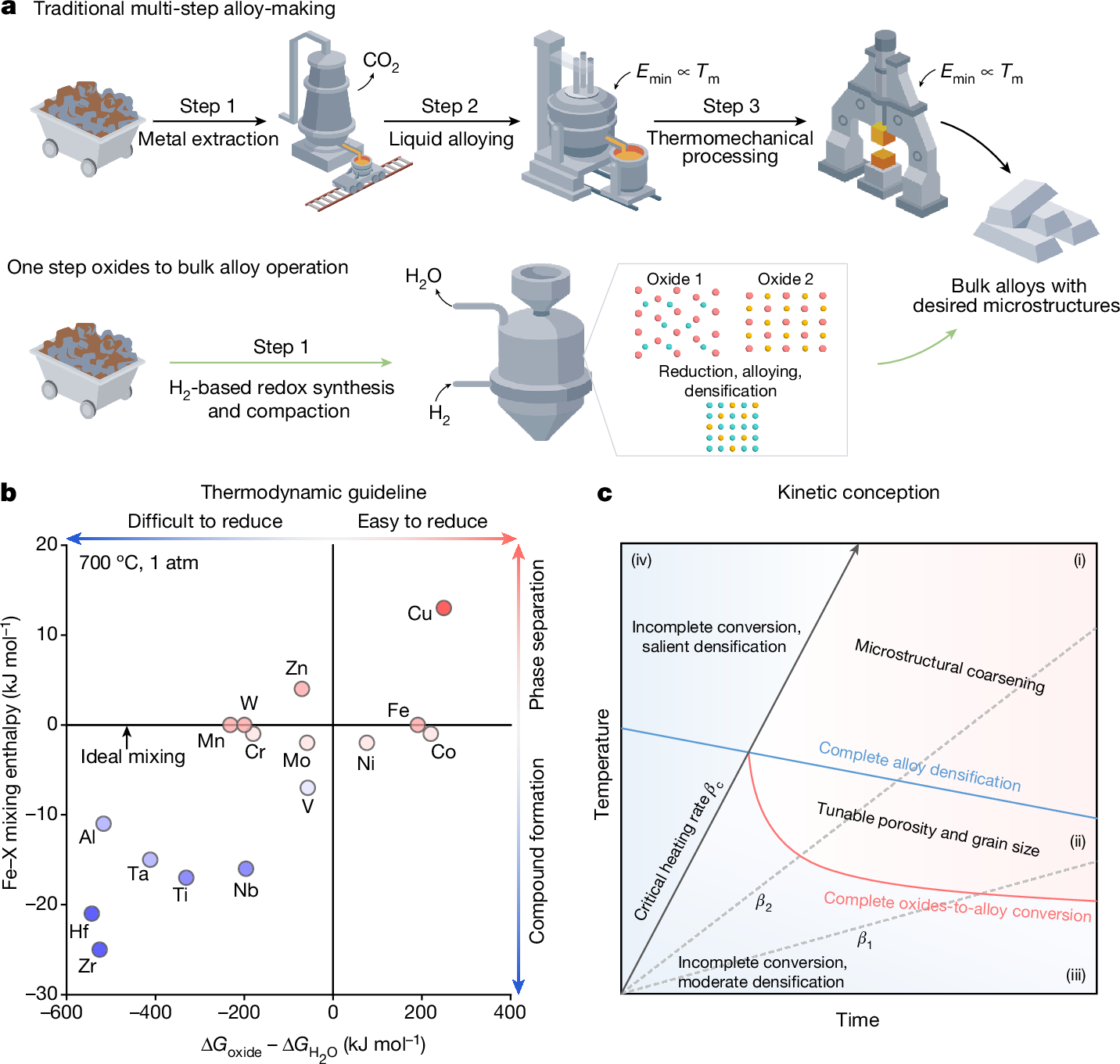2024-09-19 アメリカ合衆国・ローレンスバークレー国立研究所(LBNL)

・ LBNL が、誘電体薄膜での負の静電容量(negative capacitance:NC)の発生を微視レベルで明らかにし、その強化とカスタム化を可能にする、オープンソース 3D シミュレーションフレームワークの「FerroX」を開発。マイクロエレクトロニクスのエネルギー効率の飛躍的な向上の可能性が期待できる。
・ 材料の成長とデバイスの製造に多額の投資を必要とする現行のアプローチに比べ、はるかに迅速・安価な超低電力マイクロエレクトロニクスの開発を支援することに加え、原子レベルでの NC の発生をデバイスレベルで 3D モデリングするという新しい研究機能を可能にする。
・ LBNL では、2008 年にエネルギー効率に優れたコンピューター設計の新しいアプローチとして、NC の概念を初めて提案。NC は強誘電特性をもつ材料に現れる物理現象。
・ その後、ハフニア(HfO2)とジルコニア(ZrO2)の強誘電体薄膜の NC が、複数の相の混合物で薄膜が構成されている場合に発生することを発見。同現象を利用したマイクロコンデンサを開発したが、同現象のポテンシャルを完全に引き出すためには、原子レベルでより深く理解する必要があった。
・ 本研究では、NC の調査用にカスタム設計したモデリングツールの「FerroX」により、同現象の発生を原子レベルで理解し、特定のデバイスアプリケーションに向けた同現象の強化・カスタマイズを可能にした。
・ これにより、強誘電体粒子のサイズを縮小し、強誘電体分極の特定の方向に配置するドメイン構造の最適化を通じ、NC の効果を強化できることを確認。同強化手法は、以前のモデルでは設計空間を容易に探索できる拡張性と物理的なカスタム化が欠如していたため、これまでは不明であった。
・ 現行の FerroX モデルは、トランジスタゲートで発生する NC の発生をシミュレートするものだが、今後の研究では同フレームワークを使用してトランジスタ全体のシミュレーションを実施する予定。
・ 本研究は、米国エネルギー省(DOE) 科学局(SC) 基礎エネルギー科学局(BES)、Microelectronics CoDesign Research Program が支援した。
URL: https://newscenter.lbl.gov/2024/09/12/new-computer-simulations-help-scientists-advance-energy-efficient-microelectronics/
<NEDO海外技術情報より>
関連情報
Advanced Electronic Materials 掲載論文(フルテキスト)
3D Ferroelectric Phase Field Simulations of Polycrystalline Multi-Phase Hafnia and Zirconia Based
Ultra-Thin Films
URL: https://onlinelibrary.wiley.com/doi/10.1002/aelm.202400085
Abstract
HfO2– and ZrO2–based ferroelectric thin films have emerged as promising candidates for the gate oxides of next-generation electronic devices. Recent work has experimentally demonstrated that a tetragonal/orthorhombic (t/o-) phase mixture with partially in-plane polarization can lead to negative capacitance (NC) stabilization. However, there is a discrepancy between experiments and the theoretical understanding of domain formation and domain wall motion in these multi-phase, polycrystalline materials. Furthermore, the effect of anisotropic domain wall coupling on NC has not been studied so far. Here, 3D phase field simulations of HfO2– and ZrO2–based mixed-phase ultra-thin films on silicon are applied to understand the necessary and beneficial conditions for NC stabilization. It is found that smaller ferroelectric grains and a larger angle of the polar axis with respect to the out-of-plane direction enhances the NC effect. Furthermore, it is shown that theoretically predicted negative domain wall coupling even along only one axis prevents NC stabilization. Therefore, it is concluded that topological domain walls play a critical role in experimentally observed NC phenomena in HfO2– and ZrO2–based ferroelectrics.



